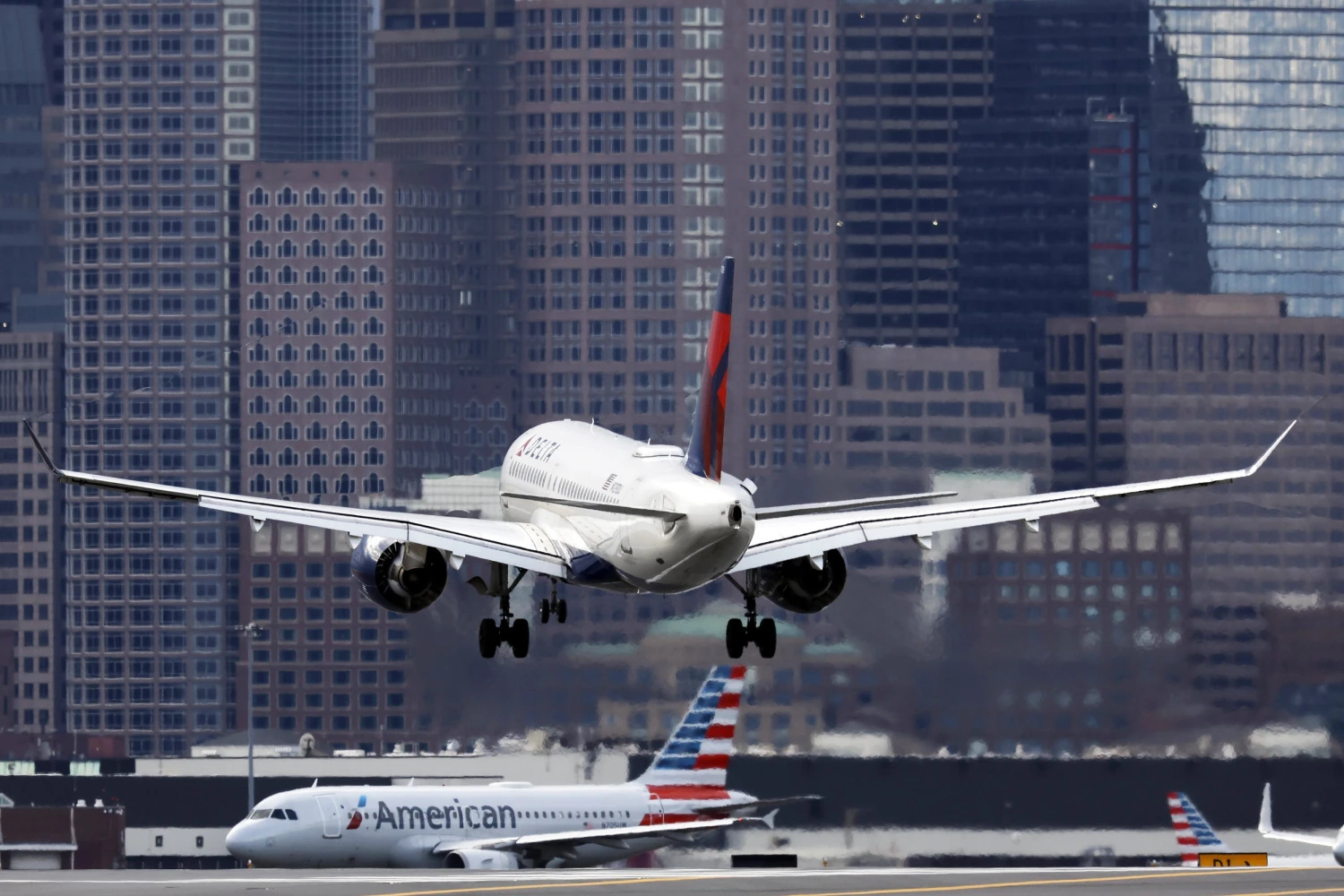Aviation experts and pilots are raising concerns about safety protocols at Ronald Reagan Washington National Airport following a tragic mid-air collision that claimed 67 lives. The incident, the worst mid-air collision in the U.S. since the 1980s, has intensified scrutiny on air traffic control procedures and overall aviation safety.
A Close Call from the Past
Nearly two decades ago, pilot and aviation attorney Mike Slack experienced a near-miss at the same airport. During a descent into Reagan National, he noticed a departing Cessna Citation moving onto the runway just as his aircraft was preparing to land. A sudden go-around was initiated, avoiding a catastrophe. Slack recalled, “That was one of those moments where you think, ‘Man, that was close.’”
Such near-miss incidents, while rare, underscore the complexities of flying in and out of Reagan National, a highly congested airport with shorter runways and limited airspace.
The DC Plane Crash: What Happened?
On Wednesday evening, an American Airlines flight from Wichita, Kansas, was approaching Reagan National when it collided with a Sikorsky H-60 Black Hawk helicopter. The military helicopter, which had taken off from Fort Belvoir, Virginia, on a training mission, was warned about the approaching plane by air traffic controllers. Despite acknowledgment from the helicopter pilot, the collision occurred seconds later.
The crash has renewed concerns about the airport’s challenging operating environment. With nearly 400 daily flights and approximately 22,000 commercial operations annually, the airspace is shared by commercial airlines, military aircraft, and even Air Force One.
Concerns Over Air Traffic Control Staffing and Aviation Safety
The Federal Aviation Administration (FAA) has long faced criticism over air traffic controller shortages. A 2023 FAA safety review found that staffing deficits were contributing to an erosion of safety standards, stating that the current level of safety was “unsustainable.”
The report highlighted that:
- The FAA barely met its hiring goal of 1,800 controllers last year.
- Training new controllers takes up to three years.
- The COVID-19 pandemic exacerbated staffing shortages as experienced personnel retired.
While experts caution against blaming the recent crash solely on staffing issues, concerns persist that a lack of personnel places undue pressure on existing controllers, increasing the risk of errors.
Political Influence and Systemic Challenges
Regulatory and funding decisions impacting the FAA are largely dictated by Congress, often leading to instability. The controller shortage worsened during the 35-day U.S. government shutdown in 2018, which stalled hiring efforts.
Reagan National Airport has also been subject to political pressures. In 2023, lawmakers attempted to increase the number of flights at the airport, despite opposition from Virginia Senator Tim Kaine, who argued that adding more flights would further strain the busiest runway in the country.
Further complicating matters, leadership turnover at the FAA has been high. In the past three years, the agency has seen multiple administrators. At the time of Wednesday’s crash, the FAA had no appointed administrator, following the recent resignation of Michael Whitaker, a Biden appointee. Reports indicate that his departure was influenced by an adviser to former President Donald Trump, Elon Musk, following FAA-imposed fines on SpaceX.
Next Steps and Safety Overhaul
The National Transportation Safety Board NTSB has launched an investigation to determine the cause of the crash. NTSB official Todd Inman emphasized that the findings will drive changes to prevent future incidents. “Our job is to find the facts,” he said. “More importantly, our job is to ensure this tragedy doesn’t happen again.”
With recent aviation incidents, including a medical transport plane crash in Philadelphia just days after the DC collision, the pressure is mounting on the FAA to reassess safety protocols. While aviation remains one of the safest modes of transportation, experts agree that systemic improvements are necessary to mitigate risks and prevent future disasters.




